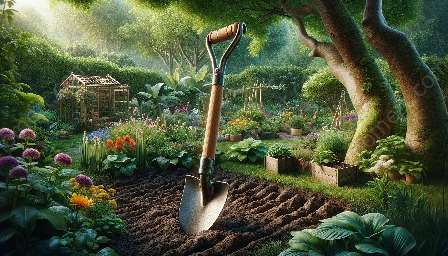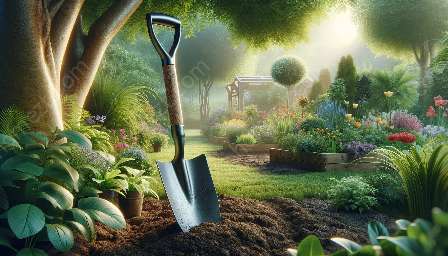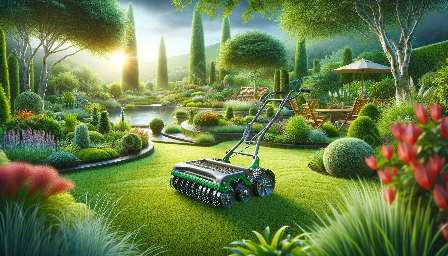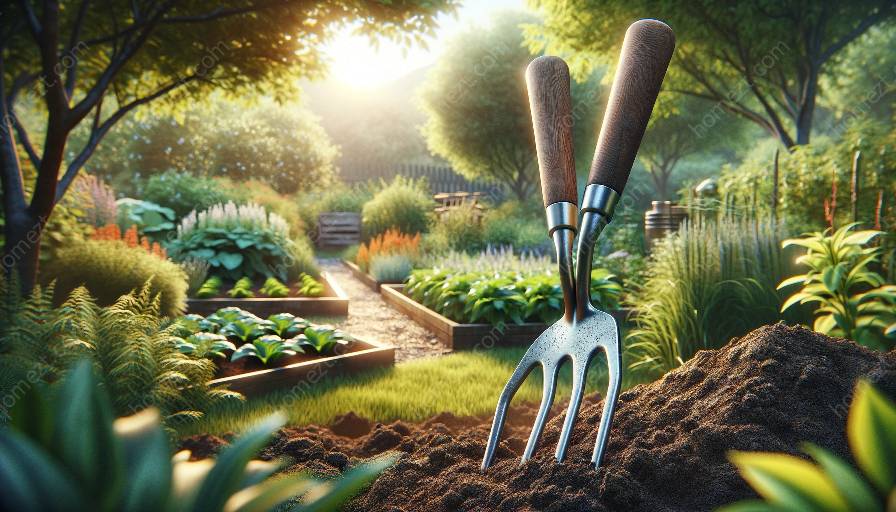When it comes to gardening and landscaping, the right tools can make all the difference. One such essential tool is the garden fork, a versatile and valuable implement for any gardening enthusiast. In this comprehensive guide, we'll delve into the history, uses, and essential features of the garden fork, as well as its compatibility with other garden tools and equipment.
The Evolution of the Garden Fork
The garden fork has a rich history dating back centuries. The earliest iterations were likely simple wooden or bone-handled tools with pronged ends used for cultivating soil. Over time, these tools evolved to include metal tines and ergonomic handles, making them more efficient and comfortable to use.
Understanding the Uses of a Garden Fork
A garden fork serves a variety of purposes in the garden and landscape. Its primary function is to aerate and loosen compacted soil, allowing for better water and nutrient absorption by plant roots. Additionally, it is useful for turning and mixing compost, lifting and dividing plants, and clearing debris from the garden bed. With its sharp tines and sturdy construction, the garden fork is an indispensable tool for maintaining healthy soil and plants.
Essential Features to Look For
When choosing a garden fork, several key features should be considered. Look for a fork with strong, durable tines made of high-quality steel or other metal. The handle should be sturdy and comfortable to grip, with an ergonomic design to reduce strain on the hands and wrists. Additionally, consider the overall weight and balance of the fork, as well as any special features such as a D-handle or cushioned grip for added comfort during use.
Compatibility with Garden Tools and Equipment
The garden fork is a versatile tool that complements a wide range of other garden tools and equipment. It works in tandem with spades, shovels, and rakes to prepare soil and create planting beds. In landscaping projects, the garden fork is invaluable for removing rocks and roots, as well as for loosening and leveling the soil. When used in conjunction with trowels and hand cultivators, the garden fork aids in precise and efficient planting and transplanting of small plants.
In Conclusion
The garden fork is a timeless and essential tool for any gardener or landscaper. Its history, diverse uses, and key features make it a valuable addition to any gardening toolkit. Whether tending to a small backyard garden or embarking on large-scale landscaping projects, the garden fork is a reliable and versatile implement that's compatible with a wide range of garden tools and equipment.





















